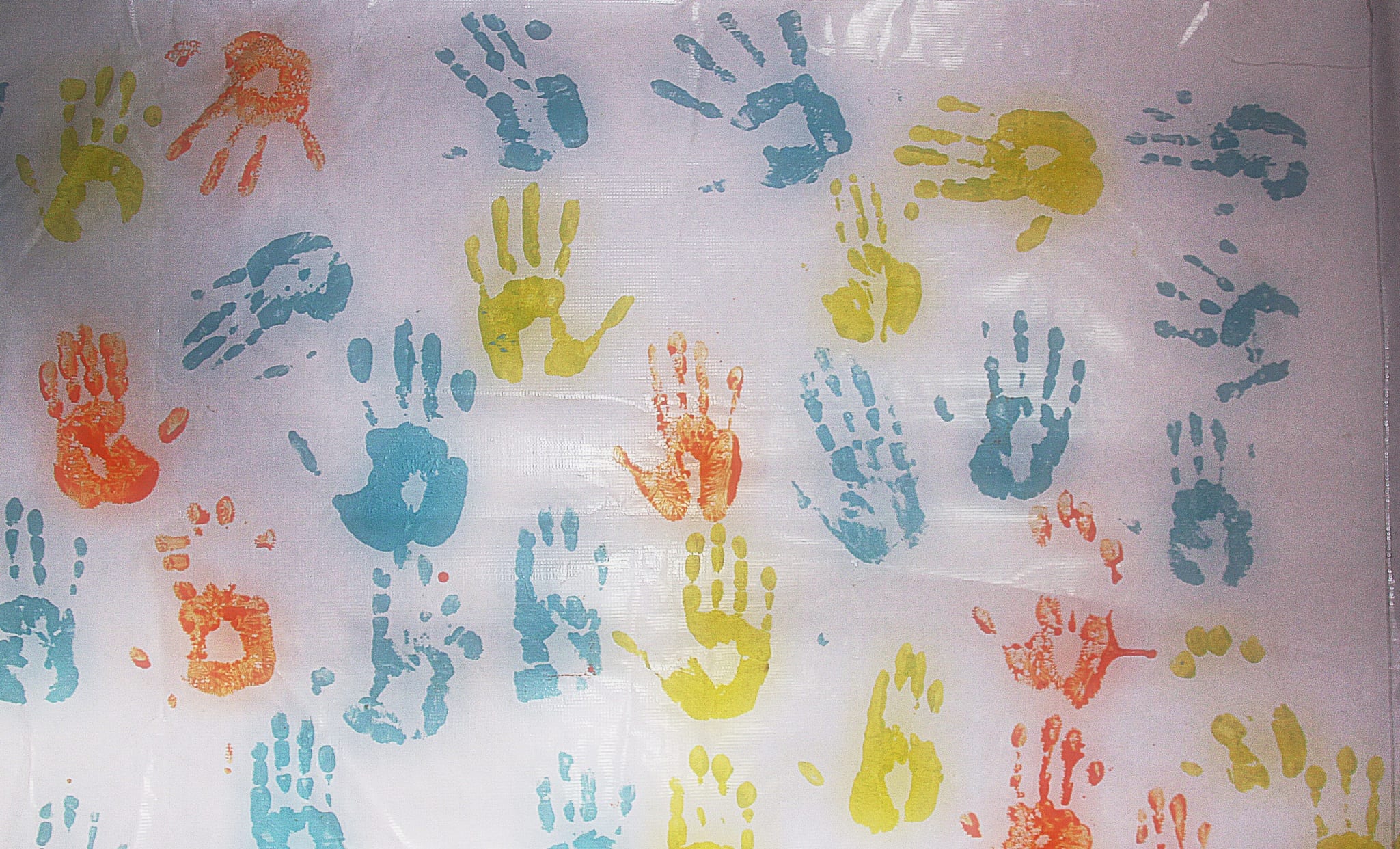 by Anne Pinckard
by Anne Pinckard
“’You have been asking me questions and taking my blood for years, but I do not know anything about what you have found.’”
These words, spoken by a subject in an ongoing, 7-year prospective study of HIV-treatment in Uganda, prompted the researchers to take action–they decided to stage a wedding.
The researchers had been tracking 540 patients in Mbarara, a rural area in southwestern Uganda. To date, they hadn’t shared their findings, as is the practice among similar studies in which results are not shared until after the randomized, clinical trials are completed or terminated.
But on hearing the complaint, the researchers reassessed their decision. They put together a meeting to explain their findings, using as their model a traditional Ugandan wedding, complete with dancing and feasting. The details of the study and the effort to share results with research participants was published recently in PLOS Medicine.
The success of the effort–in which researchers returned sometimes complicated results on serious conditions to research participants–may bolster other efforts to create more cooperative and open lines of communication between researchers and participants in the future. 23andMe’s own research not only returns data to customers, but it also allows customers to participate in research while they explore their own genetic information.
We’ve written several times about what happens when people are given access to their genetic information. Like the Uganda study, these cases demonstrate over and over again that when people are better informed, they don’t react negatively. Rather, people react intelligently. They seek out the support they need to make decisions that are right for them. But they can only do so if they are given the right tools. And that means being treated with respect, being informed, and being allowed to take control of their own health.
It’s not a stretch to say that, in the Uganda study, everyone won as a result of sharing results with the subjects. The participants reported feeling respected. In turn, the researchers gained new insight into how to communicate with their participants and identified new venues for investigation. And in the end, it sounds like everyone had a whole lot of fun.
The challenges the researchers faced were daunting, and included the need to translate the results into the local language, Runyankole, which lacked the terminology necessary to explain some of the science. Furthermore, the translators had to use terms and concepts that could not be misinterpreted yet were easy enough for those with limited education to understand. Some of the participants couldn’t read so researchers had to present the results orally.
In order to create a comfortable and familiar setting, the researchers decided to present the event like a local wedding. Privacy was a potential issue. By attending the event, each person would be “coming out” as HIV positive. But as one participant put it in the article, “’Well, they are living with this disease too, and so what can they think about me?’” All told, 466 out of 540 in the original study cohort attended.
At the “wedding”, a Uganda physician who ran a locally known clinic and was familiar to the participants introduced the presenters. Research assistants recorded and translated into English any questions that arose during each segment. These were passed onto the researchers to answer, and the responses were translated back into Runyankole.
The meeting included two breaks for entertainment–as is the custom in traditional celebrations. Research assistants, joined by many of the attendees, performed a local Bakiga dance. A group of participants accompanied by a researcher on the trumpet performed the drums and sang about HIV prevention and youth, and the history of the study. At the end, everyone feasted on a traditional buffet lunch.
The guests said the event made them feel as if they were participants, rather than research subjects, and several thanked the lead investigator “‘for honoring us today.’”
It’s clear the researchers were touched, too. Attendees made paper banners with colorful handprints to commemorate the occasion, and those banners now hang in the researchers’ offices in Boston. The event also helped researchers identify new venues of investigation, and uncovered nuances of Runyankole-English language translation that could lead to miscommunication. The event also created a formal mechanism for participants to share concerns and questions with the entire science team. Finally, the lines of communication gave researchers issues to investigate in the future, including support needed to continue HIV treatment, income generation, and food security issues.
Anne Pinckard cut her teeth writing for newspapers. Now based in Berkeley, California she specializes in writing about biology, but covers just about anything from quantum physics to archaeology.



